I come from a steel town just south of the slate belt. I was raised hearing the reverberation of ethnic cadences of the steelworker’s speech, hearing the poetry of foreign dishes and understanding that when your family ate dinner was a clue to what your parents did for work.
Words like halushki, Windish, slag, pastie and culm have meaning here.
I am the great granddaughter of a mine carpenter. I want my children to know that their family history has deep roots in this land (although we are from Ashland, not Scranton).
So off we went. It was 93 degrees and so under the earth was very comfortable 53 degrees.
We spent an hour waiting for our tour to start and exploring the rail line replicas outside.
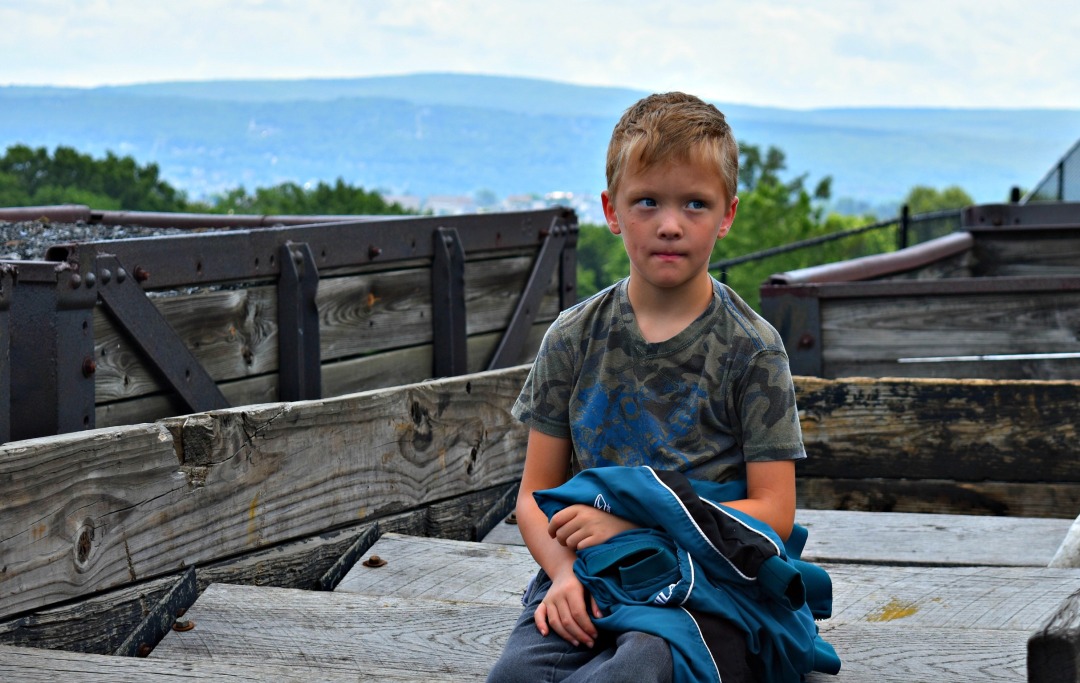
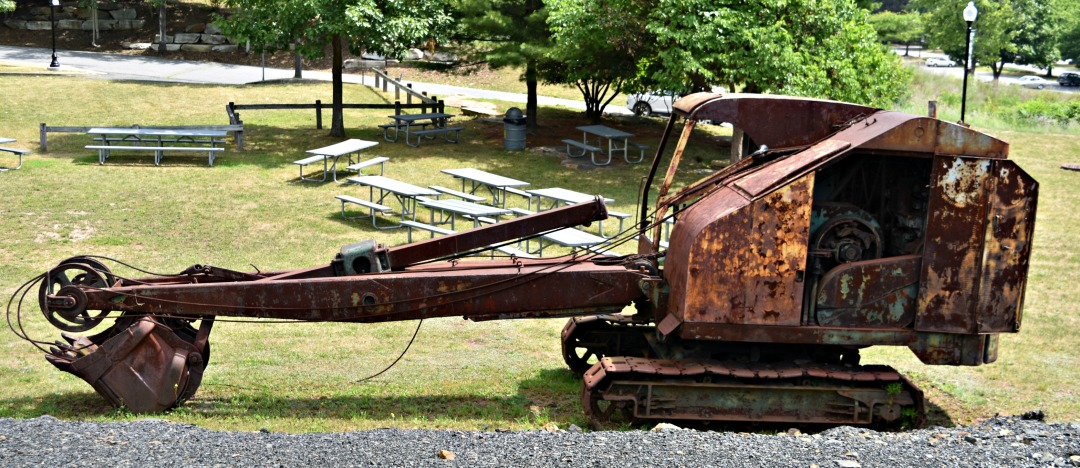
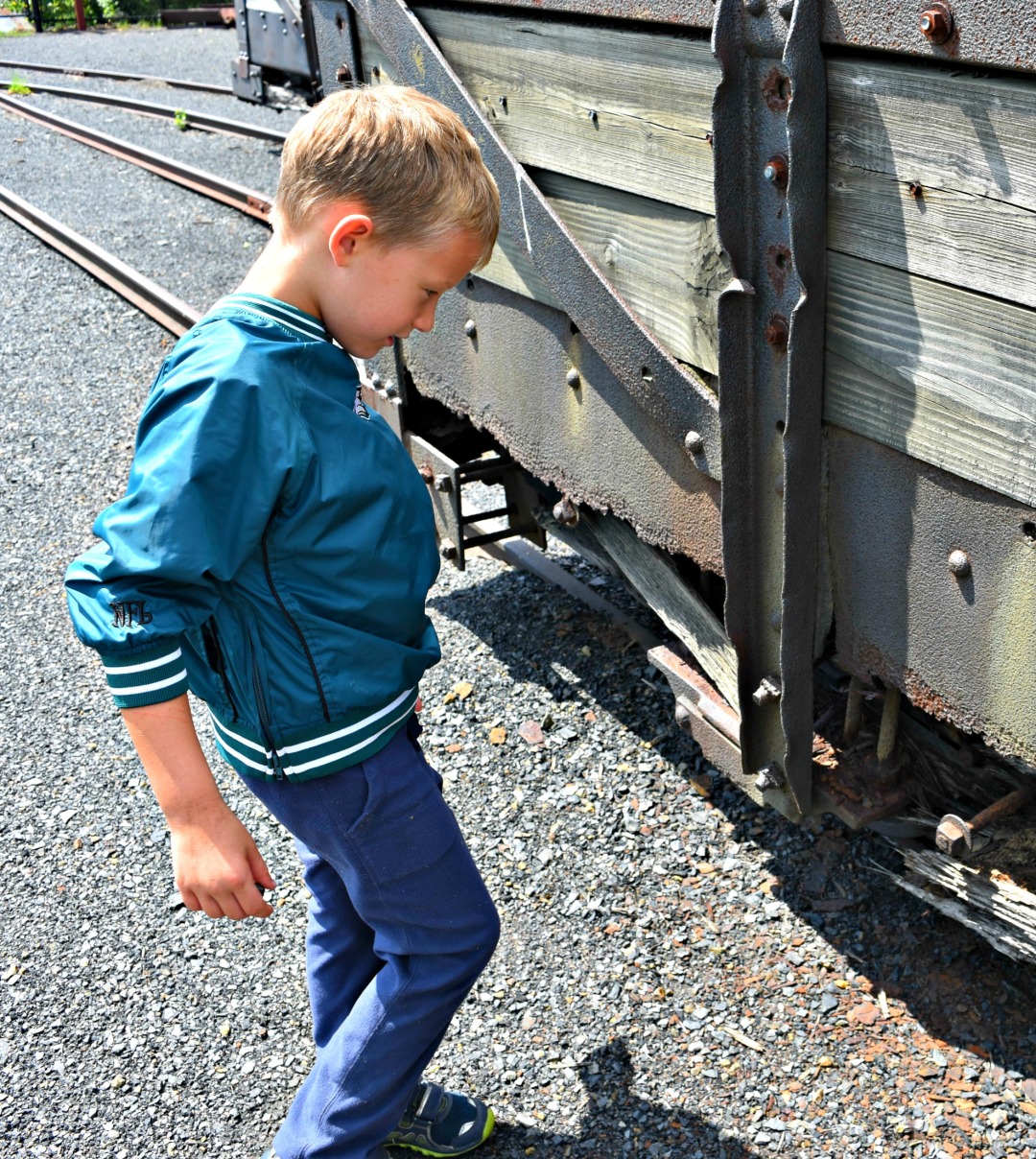

Then we loaded into the protected car and we went deep into the mine shaft.

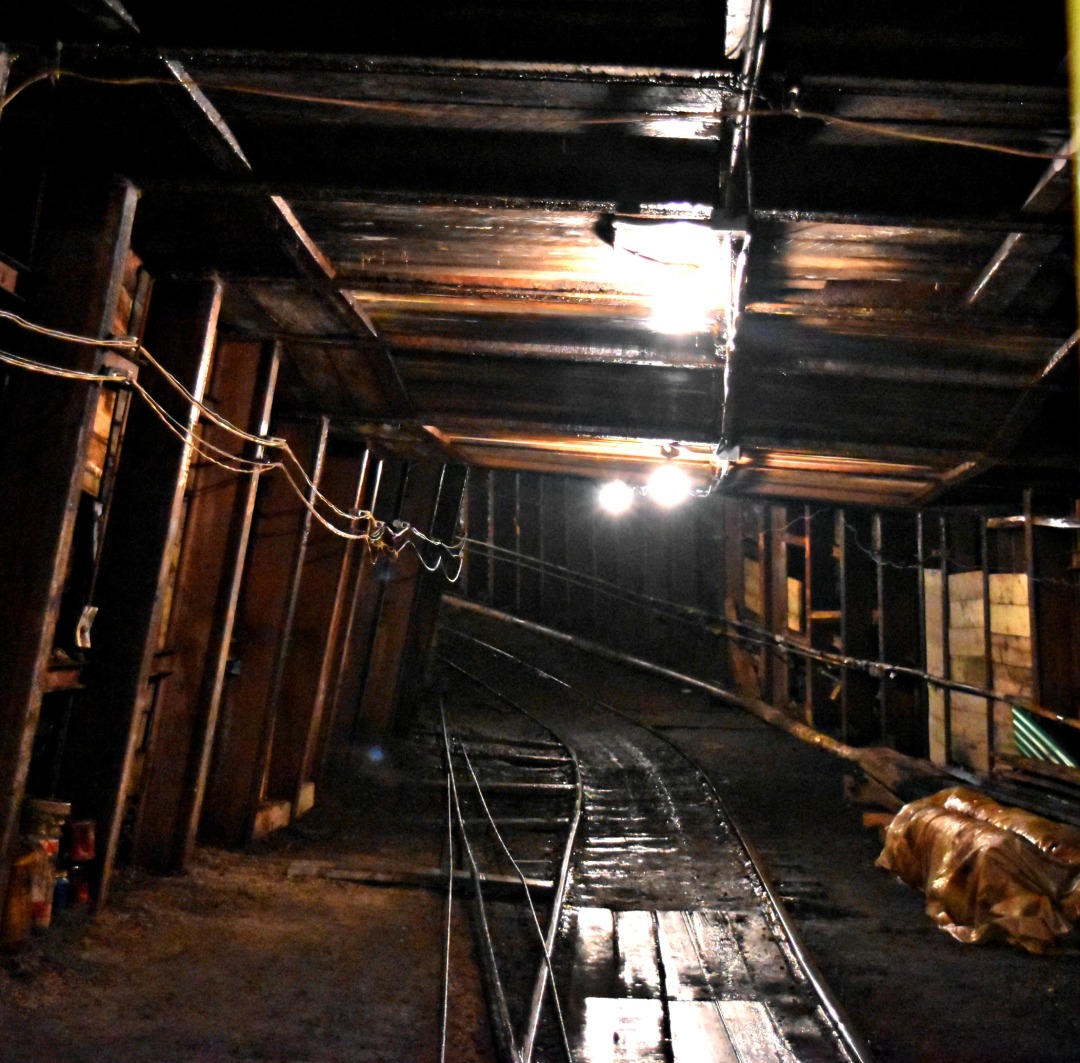
It took a minute for our eyes to adjust to the light. Remember, our tour was artificially illuminated so we could see. Imagine it with the glow of a mine lamp.
Our guide, Scott, is a former coal miner. He explained how the miners dug in grids making pockets that allowed the mine to form a series of boxes for structural support. 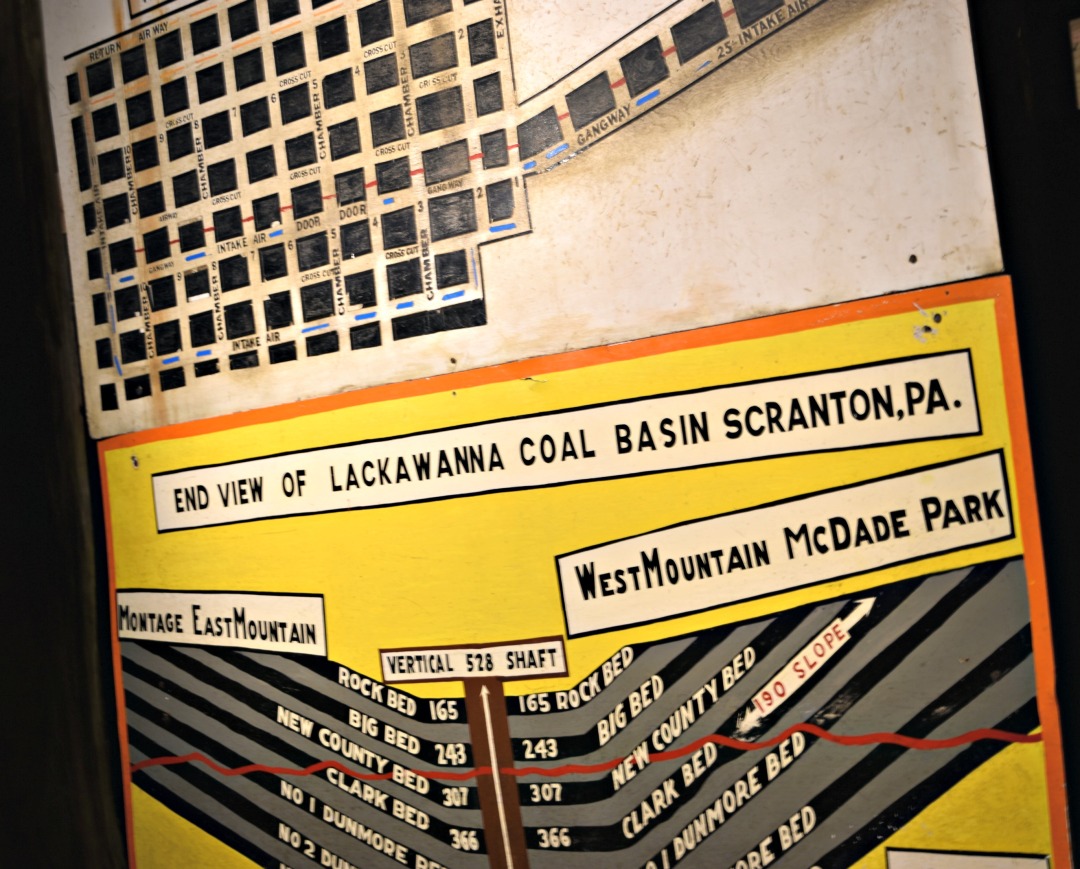
Scott demonstrated how miners used light to look for the presence of methane gasses.
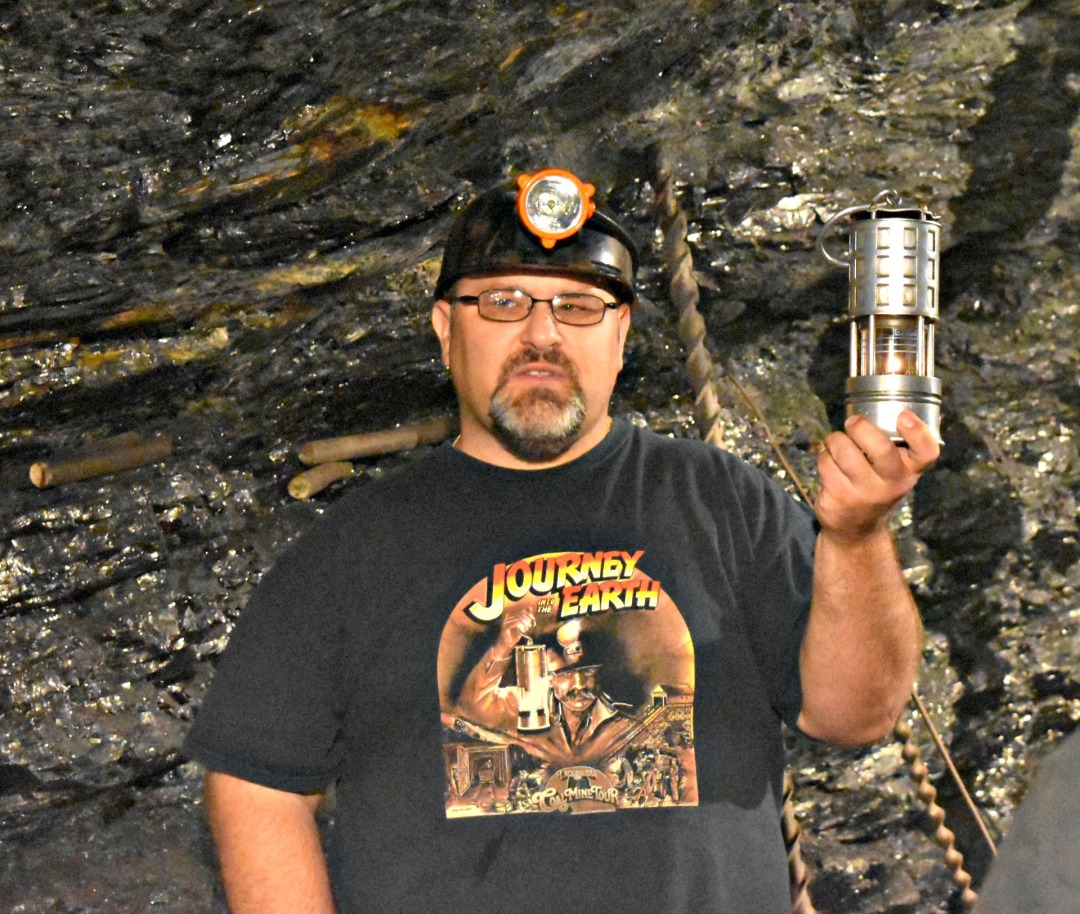
The wood beams you think are for support are actually an early warning system. Cracking or bowing would indicate to the miners that there were problems with the structure of the mine.
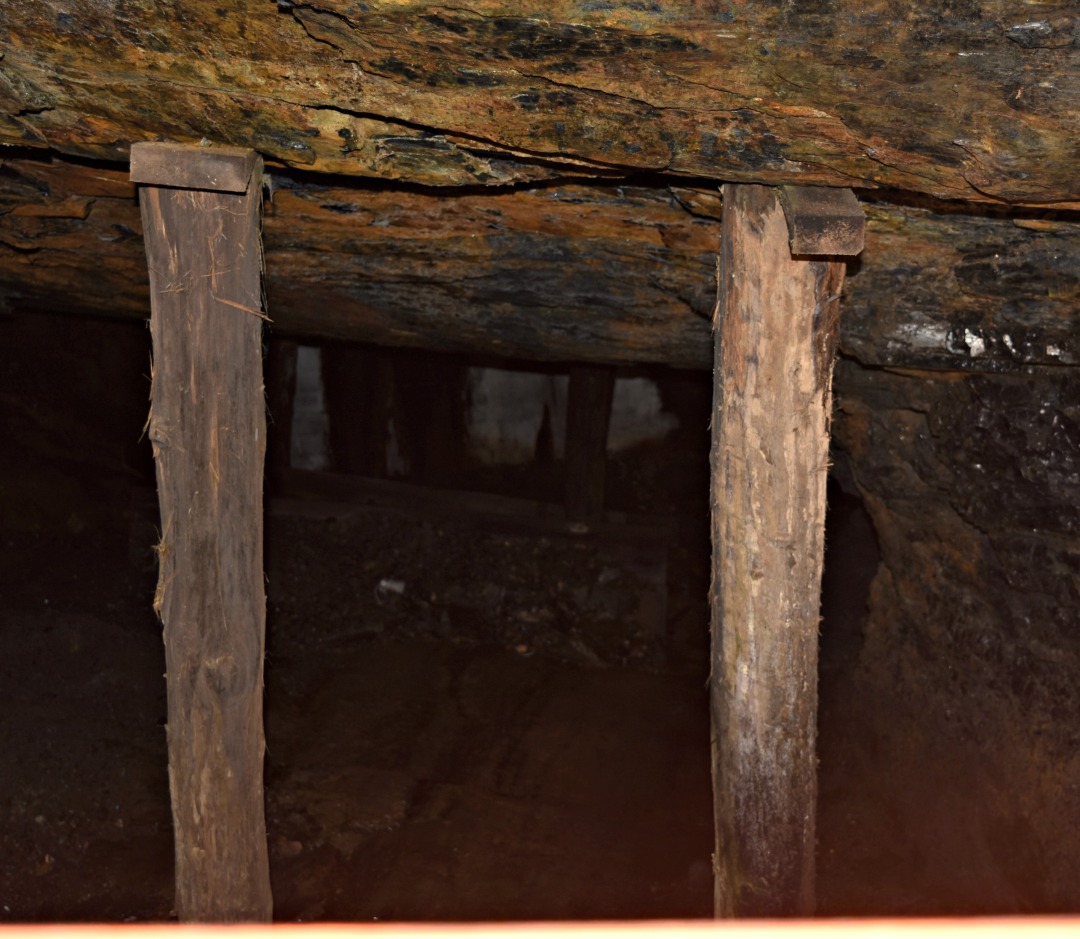
Here is what it looks like to work in a high space on a mine
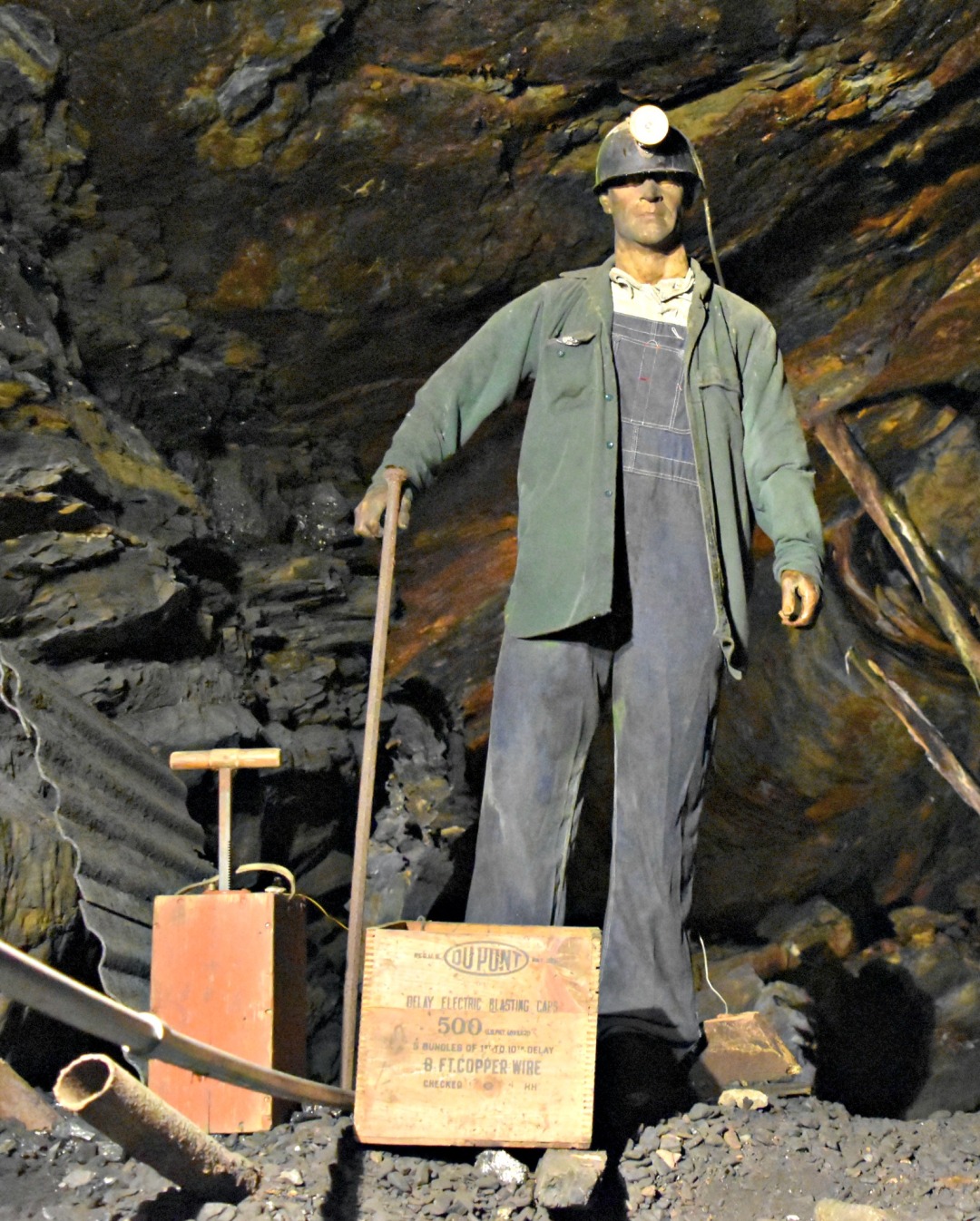
and a low space
When the workers arrive in the morning, they check in with the foreman who has already been hard at work for several hours inspecting the mine for unsafe conditions. Their names are marked on a pegboard and their locations, so to find them in the event of an emergency.
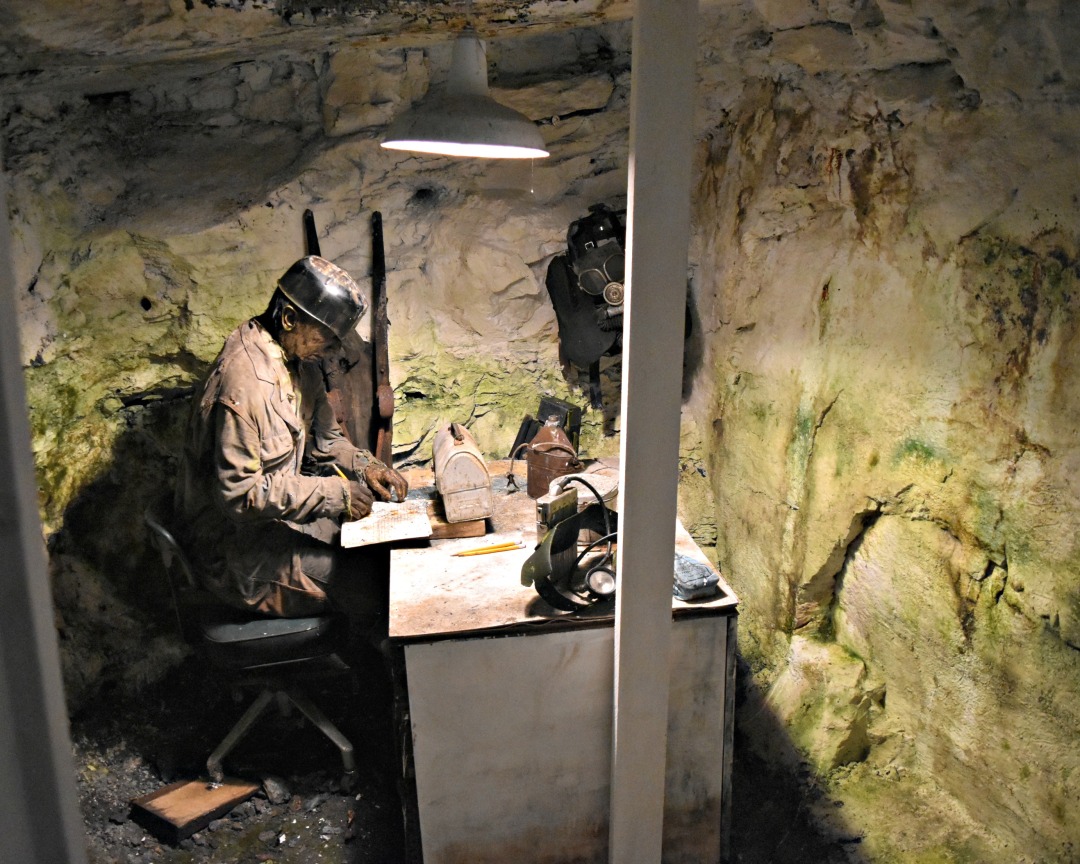
The miners fill cars with coal (10 tons of coal per car)
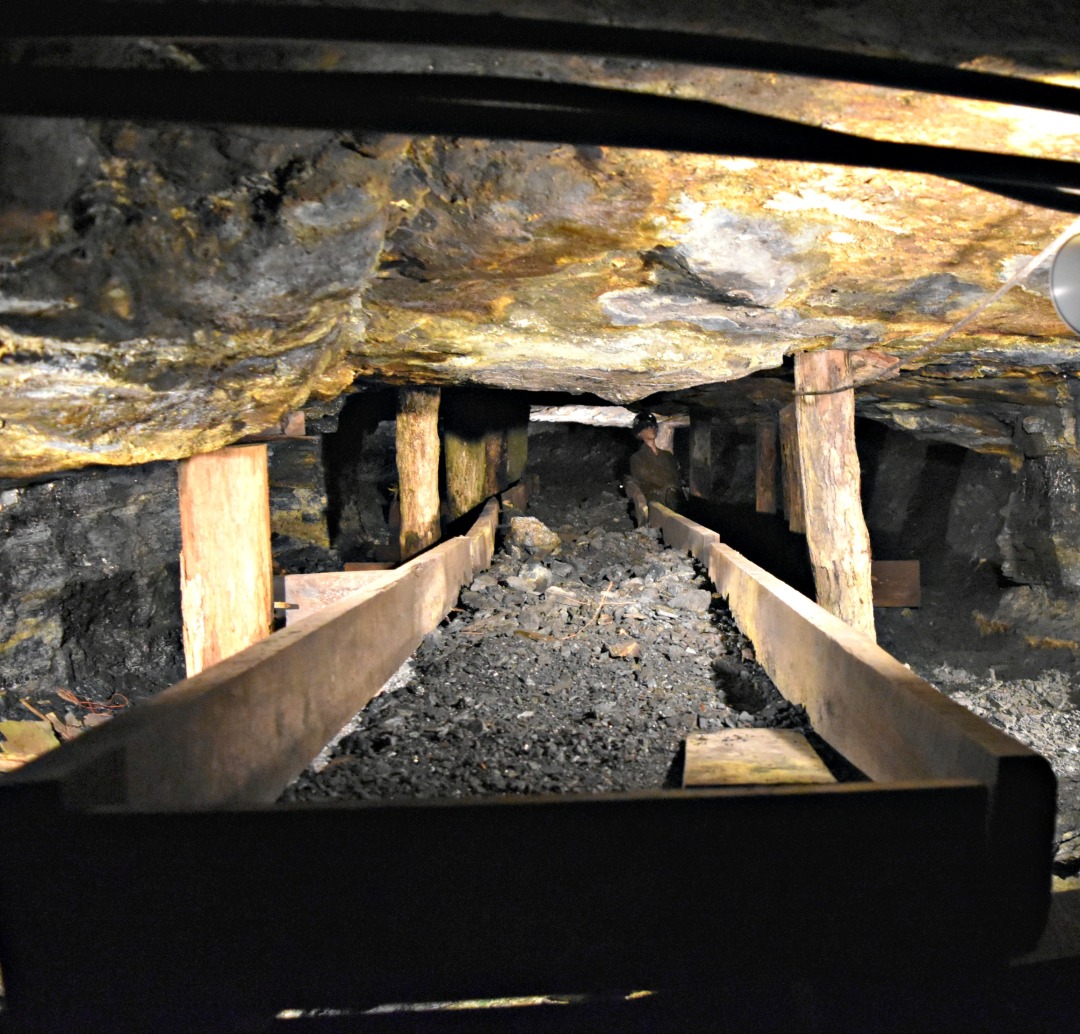
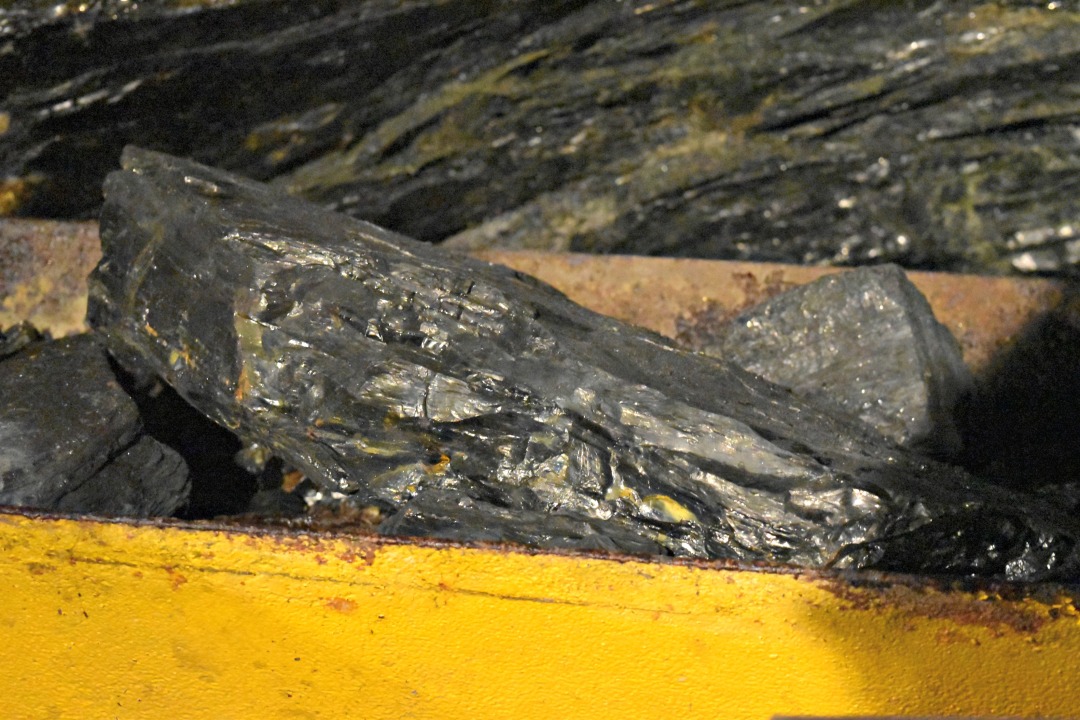
As there were many children on the tour, Scott spent a lot of time on the role of children in the mines. From the children who open and closed the doors inside mines ( nippers),
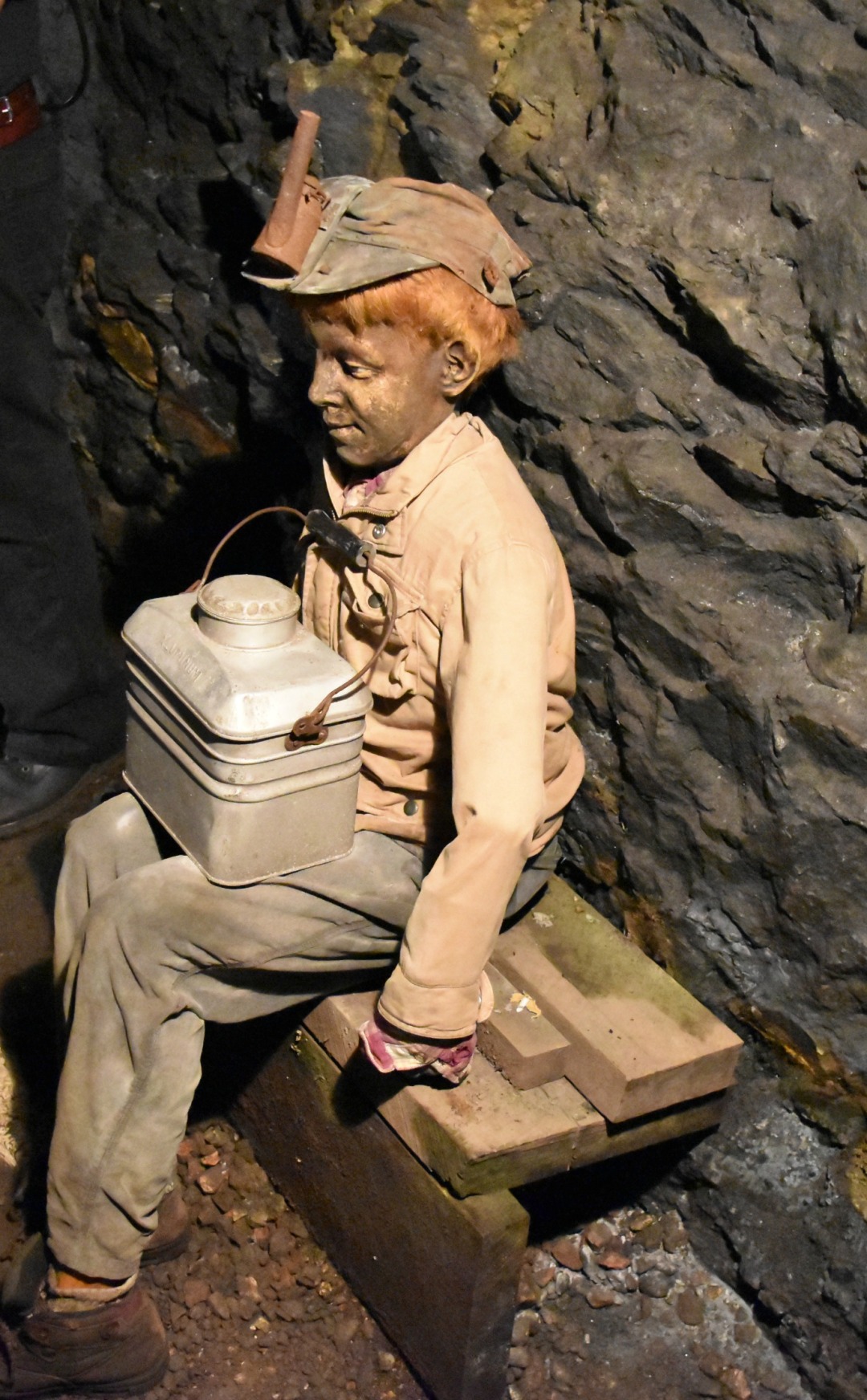
to the breaker boys who sorted coal chunks by size, to the mule boys
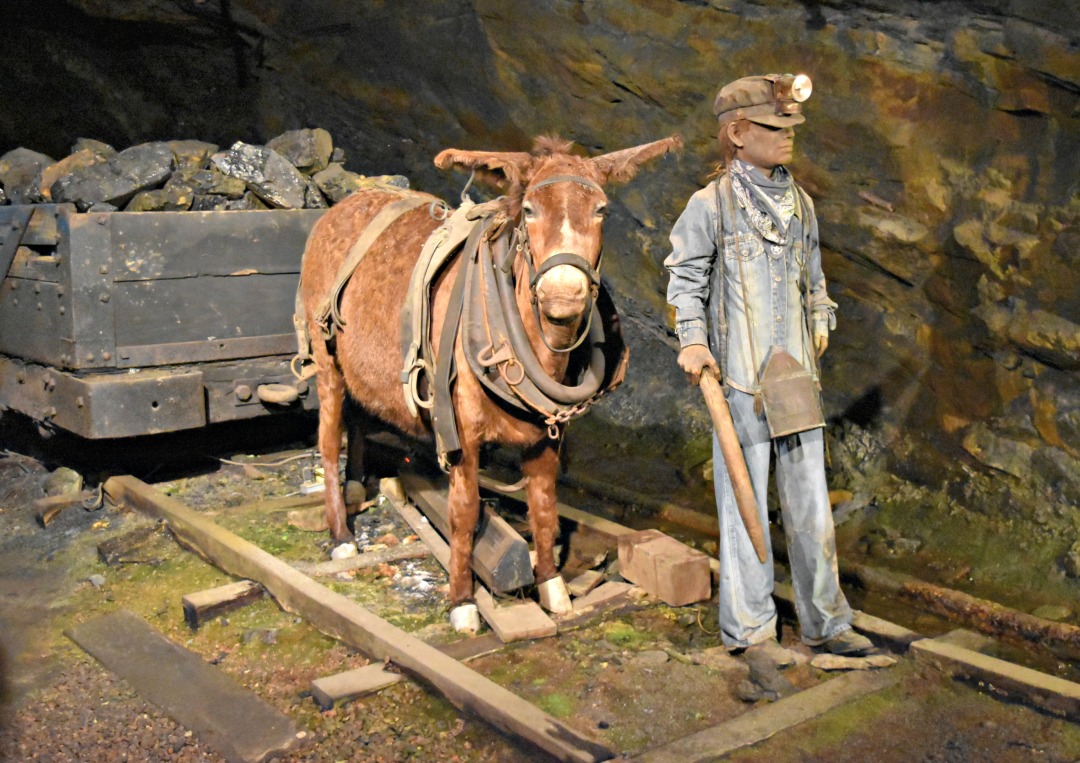
A fascinating read about the role of children in the mining industry is, Susan Campbell Bartoletti’s,“Growing Up in Coal Country.” It was good for my children to understand that for many children, going to school was a privilege. I don’t think they have ever realized that some children have to go to work. It was a very interesting tour. I would recommend it for children 5 and up.
Now I’m off to research pierogie recipes.
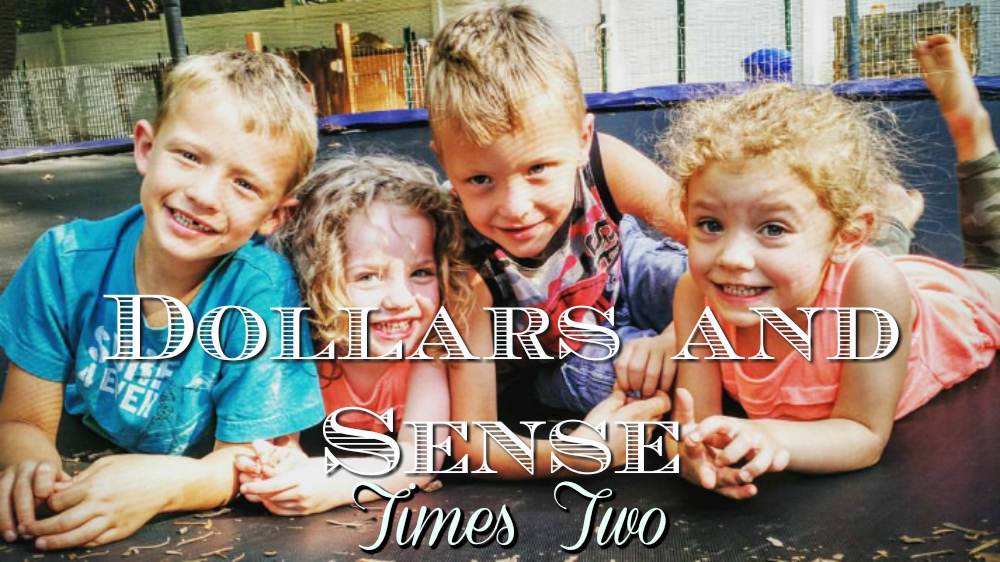




Very cool! Reminds me of cave tours we’ve recently been on.
Very cool and so crazy to imagine children in mines. I can give you our family’s authentic pierogie recipe…my family has been making them every Christmas for generations!
Amber I would love the recipe!
How neat! I did know about the children working in the mines. There was a series about the life of the miners on TV a couple of years ago. Seeing the pictures and hearing the stories of these tiny little boys and some girls working in the mines had me shaking my head. While I know it was out of necessity, it was really sad. We had an elderly man in our church who grew up in the coal mines of PA when he was young. He told there were days he could not stand up straight for several hours… Read more »
The sad part was not only did they lose their childhood but they had such a diminished life expectancy from both injury and disease ( black lung). So grateful that there are child labor laws. Thank you for your kind comment 🙂